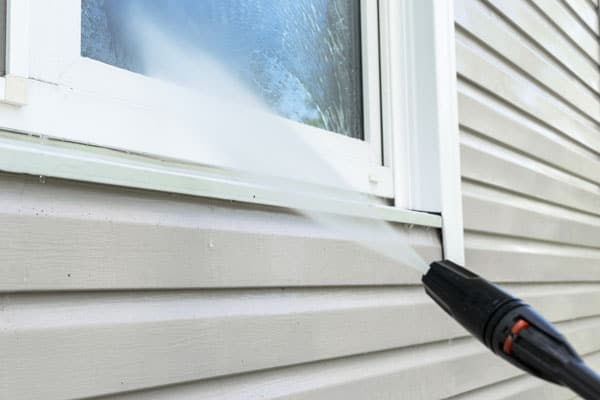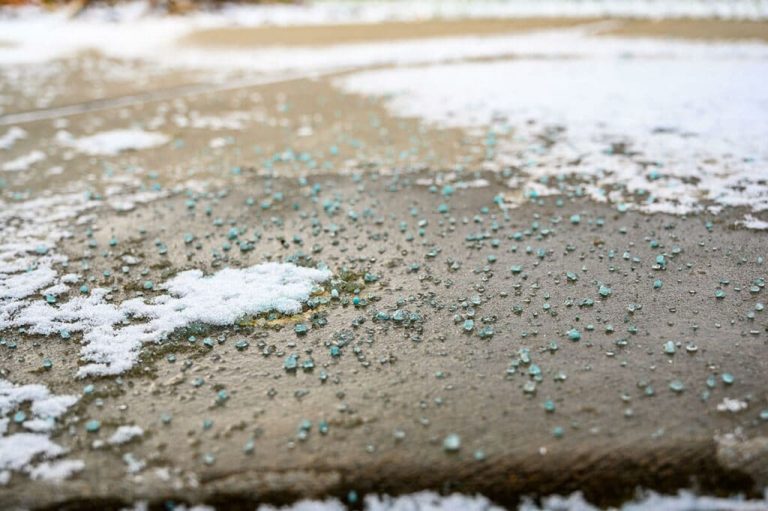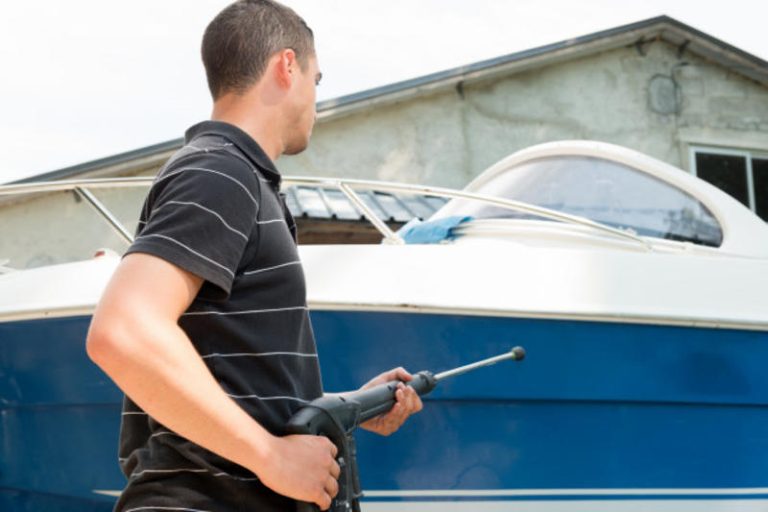
Power washing is one of the most effective ways to clean your home’s exterior—but when you’re blasting water at high pressure near windows, doors, vents, and trim, you could be inviting water right into the house. 😬
Water intrusion during power washing can cause damage to drywall, insulation, flooring, and even electrical systems if you’re not careful. So if you want that clean, refreshed look without the soggy aftermath, it’s all about using the right techniques.
Let’s go over how to prevent water intrusion while power washing around doors, windows, and other vulnerable spots. 🧠✅
💧 How Water Gets Inside
Water can sneak into your home through:
- Poorly sealed windows and doors
- Gaps in siding or trim
- Damaged caulking or weatherstripping
- Ventilation openings (dryer, attic, etc.)
- Cracks in stucco, brick, or flashing
Power washers amplify the risk because of the high pressure—even small cracks or holes can become entry points when water is forced in at 1,500+ PSI.
🧼 Check These 6 Areas Before You Start
- Window Seals
- Look for cracked caulking or peeling weatherstripping
- Press on window panes gently to check for movement
- Door Frames
- Inspect thresholds and bottom seals for damage or gaps
- Look at corners and where trim meets the wall
- Siding Overlaps & Trim Joints
- Check for any loosened siding boards or gaps in trim
- Exterior Vents
- Dryer vents, soffits, and fan vents should be sealed or shielded
- Light Fixtures & Outlets
- Cover these with plastic or waterproof tape to prevent shocks
- Roofline Areas
- Watch out for overhangs, gables, and soffits where water can be pushed upward
🛠️ Pro tip: Take a walk around the home and seal up trouble spots with caulk, weatherproof tape, or foam filler before spraying.
💦 Pressure Washer Settings That Minimize Risk
- Use a wide-angle nozzle (25° or 40°) to diffuse the water spray
- Dial down the PSI to 1,500–2,000 when near windows and doors
- Hold the wand at least 12–18 inches away from the surface
- Never spray directly into joints, seams, or under siding
A fan spray at an angle is much safer than a direct hit. Think of it as rinsing rather than blasting. 🎯
Browse Amazon Here For Top Rated Power Washers And Accessories
🚿 Best Practices When Power Washing Around Windows & Doors
- Spray at a downward angle
Water should always flow down—not up or into joints. Spraying upward can force water behind siding and window flashing. - Start at the top and work down
This lets gravity assist the rinse process and prevents water from pooling behind surfaces. - Avoid spraying into window screens
Water can rip through screens or push debris into the window track. - Work in sections
Don’t linger too long in one spot, especially around seals and openings. - Rinse with care
Use less pressure on delicate areas and consider rinsing with a garden hose near trim and seals.
🪟 Special Care for Windows
Double-pane and vinyl-framed windows are especially vulnerable to seal damage. If water gets between the panes, it can create a foggy, permanent haze—something no amount of cleaning can fix.
✅ Instead of direct spraying:
- Use a low-pressure setting
- Aim below the window first, then work around it
- Use a soft brush with detergent and rinse gently
🚫 What Not to Do
- Don’t spray upward at soffits, overhangs, or roof edges
- Don’t aim directly at caulk lines, especially older ones
- Don’t power wash damaged or aging trim—water will get behind it
- Don’t spray under doors, even if they look sealed
🧰 Bonus Tip: Use Protective Shields
If you’re doing a full home wash and worried about windows and doors, consider using:
- Plastic sheeting secured with painter’s tape
- Magnetic vent covers
- Foam pipe insulation (pressed into window seams temporarily)
A little protection goes a long way—especially if you’re working near older materials.
✅ Final Thoughts
Power washing is safe when done correctly—but one wrong angle or too much pressure near an entry point can lead to thousands in water damage. 🛑💸
Inspect. Seal. Spray smart. By using the right nozzle, pressure, and technique, you’ll get that spotless siding without soaking the inside of your home. 🏡🧼💦
Browse Amazon Here For Top Rated Power Washers And Accessories






